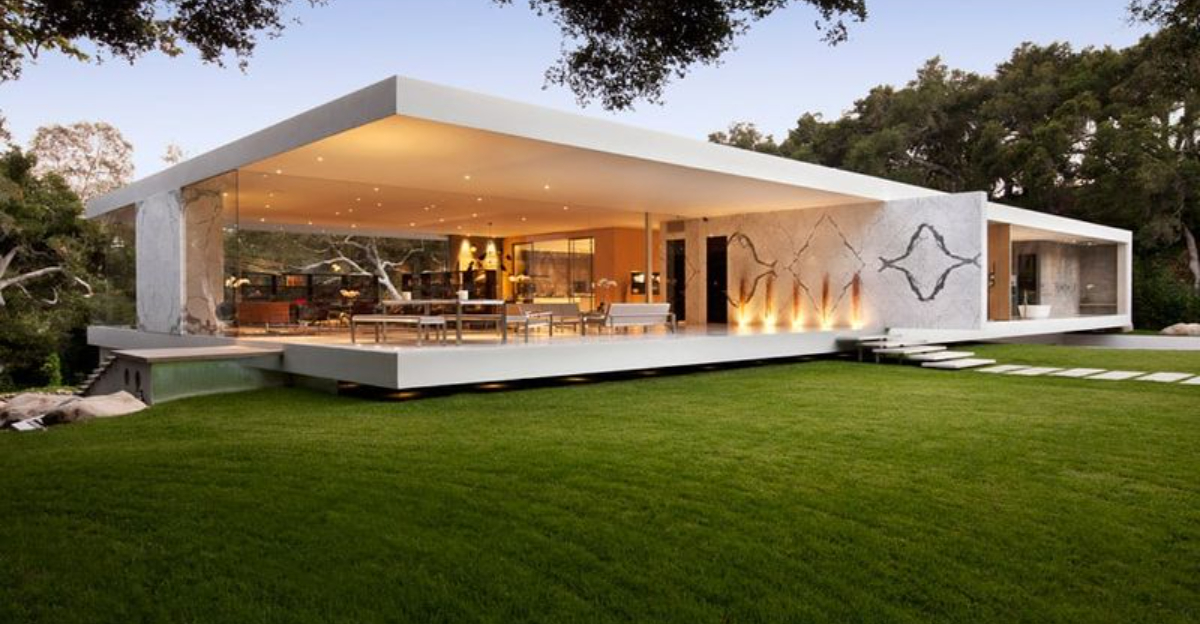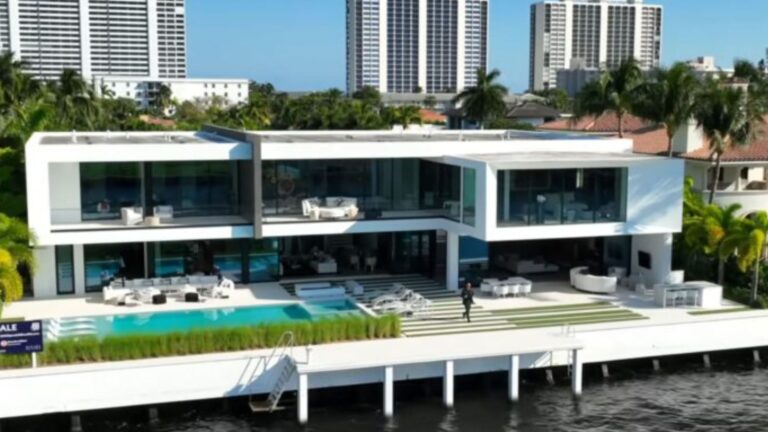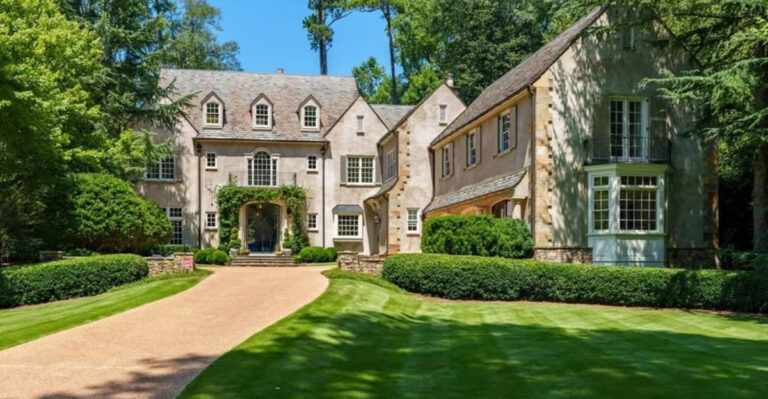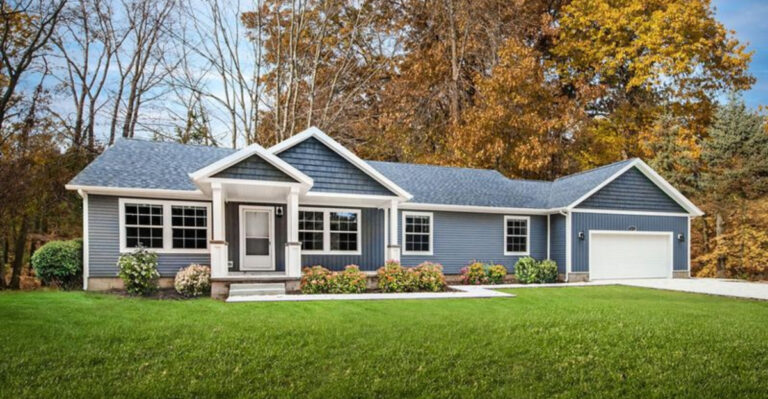15 Jaw-Dropping Steel And Glass Homes That Redefine Modern Luxury
Modern architecture is all about breaking the rules, but nothing has ever wowed me like the magic of steel and glass houses. The first time I stepped into one, I felt like I was floating between inside and out, it was unforgettable.
These stunning homes blur the lines so beautifully, turning walls into windows and letting you soak up every sunrise, sunset, and starry night.
Whether you’re drooling over iconic architectural gems or dreaming of your own glass-walled paradise, these houses prove that sometimes the coolest walls are the ones you can see straight through. Get ready for some serious design envy!
1. Farnsworth House By Mies Van Der Rohe
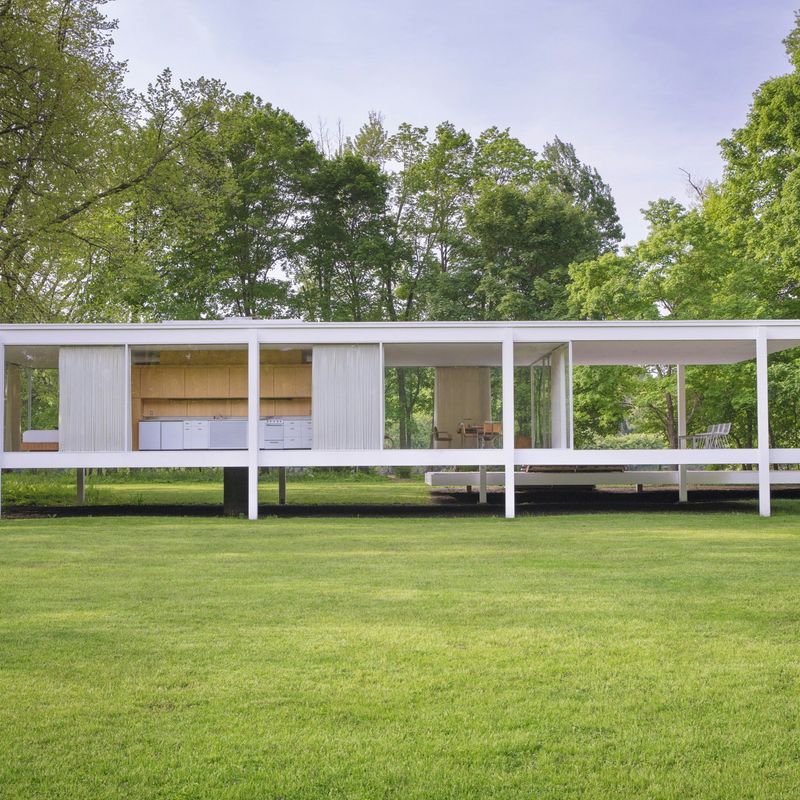
Picture a house that floats like a magic carpet above the Illinois landscape. Built in 1951, this architectural wonder consists of just one room wrapped entirely in glass.
Mies van der Rohe created something that looks more like a piece of art than a home. The structure sits on stilts, making it appear weightless despite its steel frame.
Living here means zero privacy but maximum connection with nature. Every sunrise becomes your personal light show through those floor-to-ceiling windows.
2. Glass House By Philip Johnson
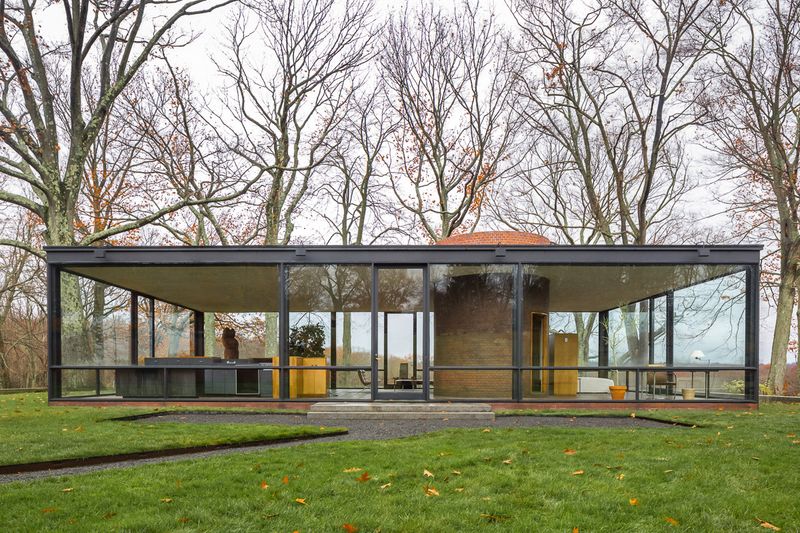
Imagine living in a fishbowl that somehow manages to be the coolest fishbowl ever designed. Philip Johnson built this Connecticut masterpiece in 1949 as his own home.
The entire structure is basically a glass box with a steel skeleton. Johnson placed his furniture carefully since every piece becomes part of the exterior view.
Privacy advocates would have a heart attack, but architecture lovers consider this the ultimate expression of transparency. The bathroom is the only enclosed space inside.
3. Maison De Verre In Paris
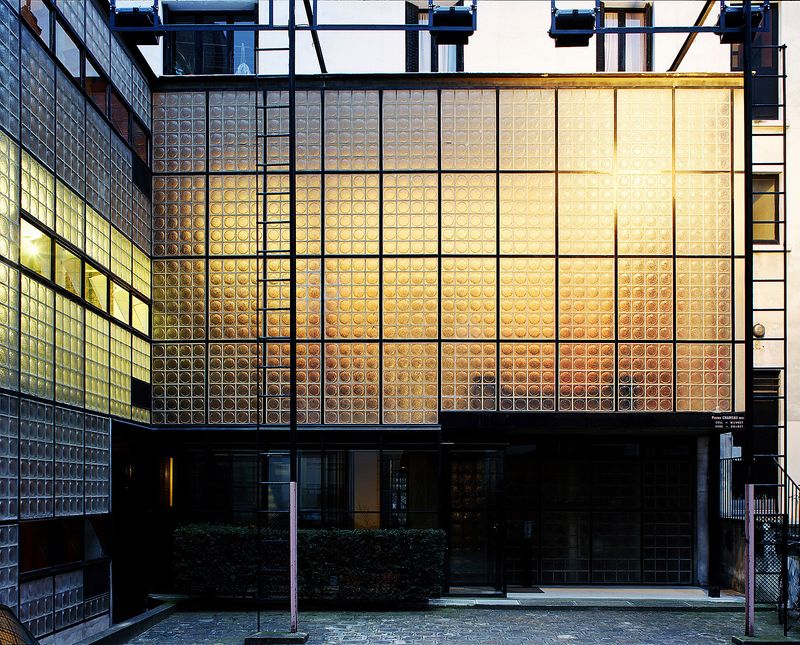
Built in 1932, this Parisian gem proves that glass houses can have personality. Pierre Chareau used glass blocks instead of clear panes, creating a home that glows like a lantern.
The steel framework supports walls made entirely of glass bricks. During the day, light filters through creating magical patterns inside the rooms.
At night, the house transforms into a neighborhood beacon. The translucent walls provide privacy while still maintaining that see-through quality that makes glass houses so special.
4. Stahl House Case Study House Number Twenty Two

Perched on a Hollywood Hills cliff like a bird ready to take flight, this 1960 creation by Pierre Koenig became an instant icon. The house practically hangs in mid-air.
Steel beams support massive glass panels that frame Los Angeles like a living postcard. The infinity pool seems to pour directly into the city below.
Photographers love this place because every angle looks like a movie set. The cantilevered design makes visitors feel like they’re floating above the urban sprawl.
5. Villa Savoye By Le Corbusier
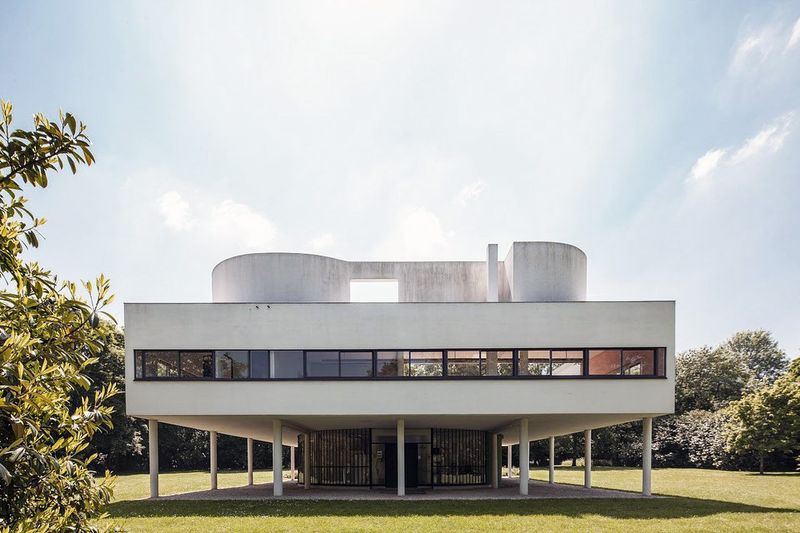
Le Corbusier turned architecture upside down with this 1931 French villa that redefined what homes could look like. The house sits on skinny concrete legs called pilotis.
Ribbon windows wrap around the entire structure, creating horizontal bands of glass. The steel reinforcement allows for these impossibly long window openings.
This house introduced the world to open floor plans and indoor-outdoor living. The rooftop garden was revolutionary for its time, proving that nature belongs everywhere.
6. Kaufmann Desert House By Richard Neutra
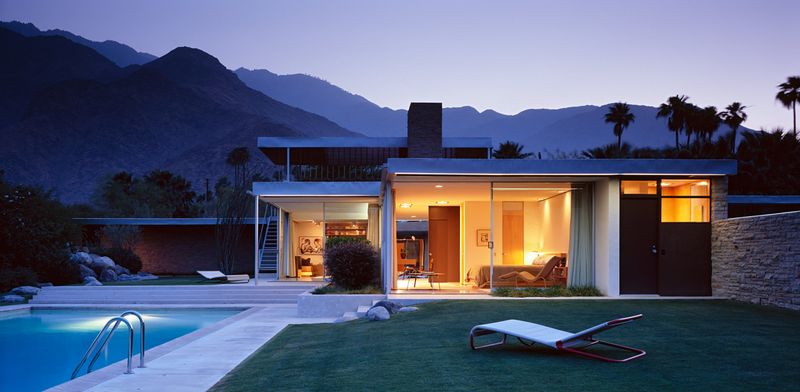
Richard Neutra designed this 1946 Palm Springs retreat to disappear into the desert landscape. The house stretches horizontally like a steel and glass snake.
Floor-to-ceiling windows eliminate the boundary between inside and outside living. The steel frame allows for these massive glass openings without compromising structural integrity.
Desert living becomes an art form when your walls are transparent. The house captures mountain views while providing shade from the harsh California sun.
7. Shigeru Ban Glass Shutter House
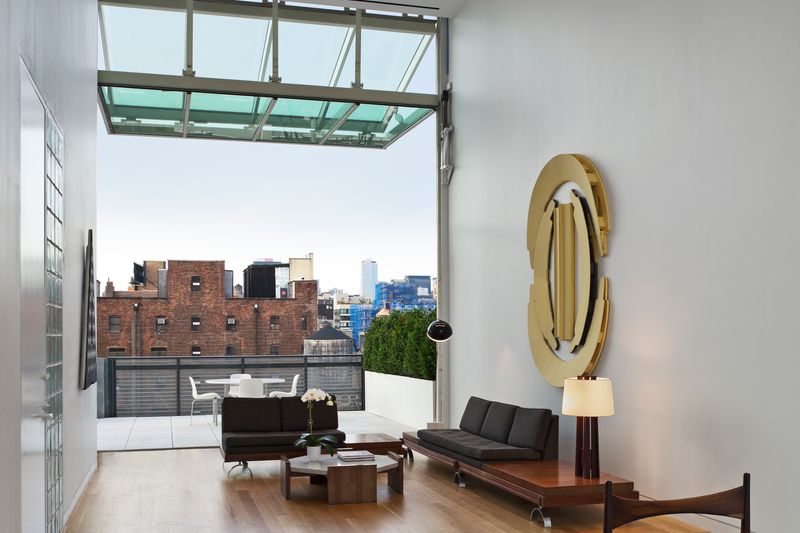
Japanese architect Shigeru Ban created a house that can literally open and close like a camera shutter. The entire facade consists of movable glass panels.
Steel tracks allow the glass walls to slide completely open, transforming the house into an outdoor pavilion. This flexibility makes small spaces feel enormous.
Weather changes become interactive experiences rather than obstacles. Residents can adjust their home’s transparency based on mood, season, or desired privacy level.
8. The Pierre By Olson Kundig
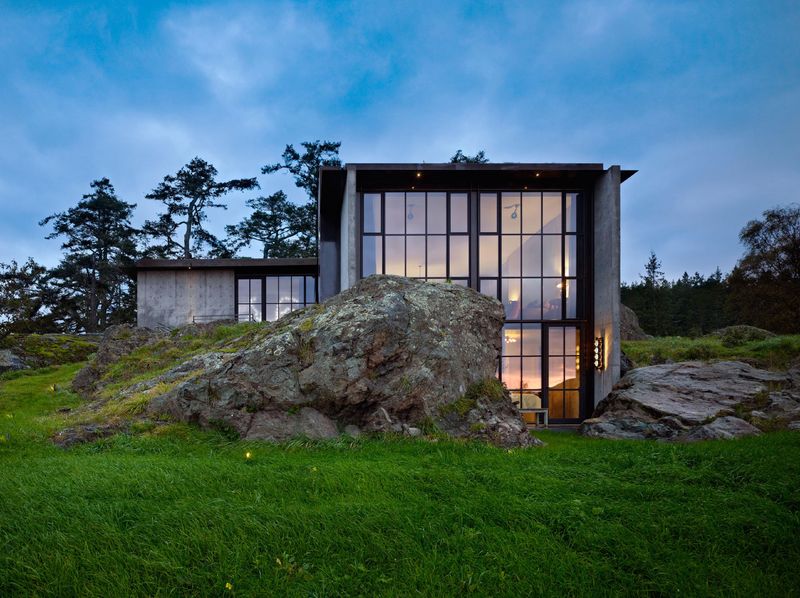
Olson Kundig built this San Juan Island retreat to weather Pacific Northwest storms while maintaining crystal clear views. The house features massive pivoting glass panels.
Weathering steel develops a protective rust patina that contrasts beautifully with the transparent glass walls. The material combination creates warmth without sacrificing modernity.
Giant windows pivot open to create covered outdoor spaces. The mechanical systems are so smooth that opening a twelve-foot window feels effortless.
9. Pavilion House By Fearon Hay
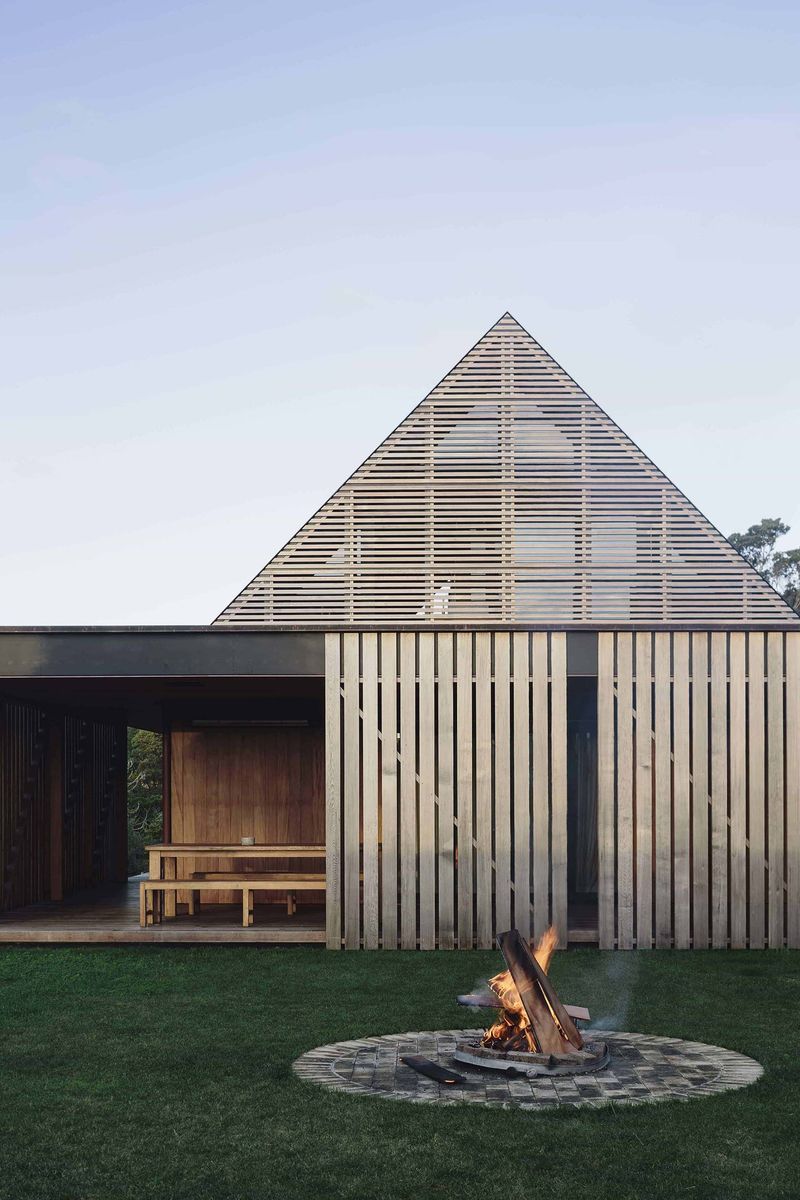
Fearon Hay Architects created this New Zealand pavilion that sits lightly on the landscape like a butterfly. The black steel frame contrasts dramatically with transparent glass.
The house consists of connected pavilions that can be opened completely to the outdoors. Each space flows seamlessly into the next through floor-to-ceiling glass doors.
Native plants grow right up to the glass walls, making the interior feel like a forest clearing. The design celebrates New Zealand’s stunning natural environment.
10. Desert Wing House
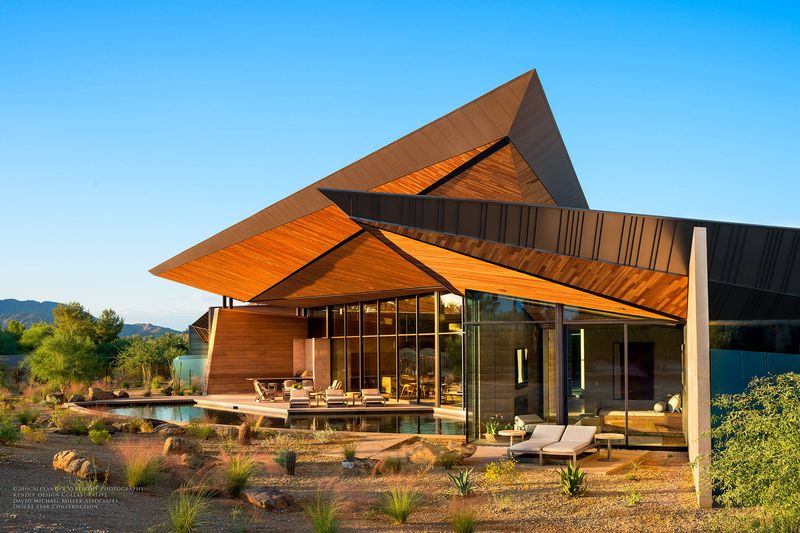
This contemporary desert home spreads its wings like a metallic bird preparing for flight. The angular steel frame supports expansive glass walls that capture desert views.
The wing-like roof provides crucial shade while the glass walls maximize natural light. Steel allows for these dramatic cantilevers without interior support columns.
Living here means watching sunrise paint the mountains through unobstructed glass. The house frames the desert landscape like a constantly changing art installation.
11. Tower House By Gluck Plus
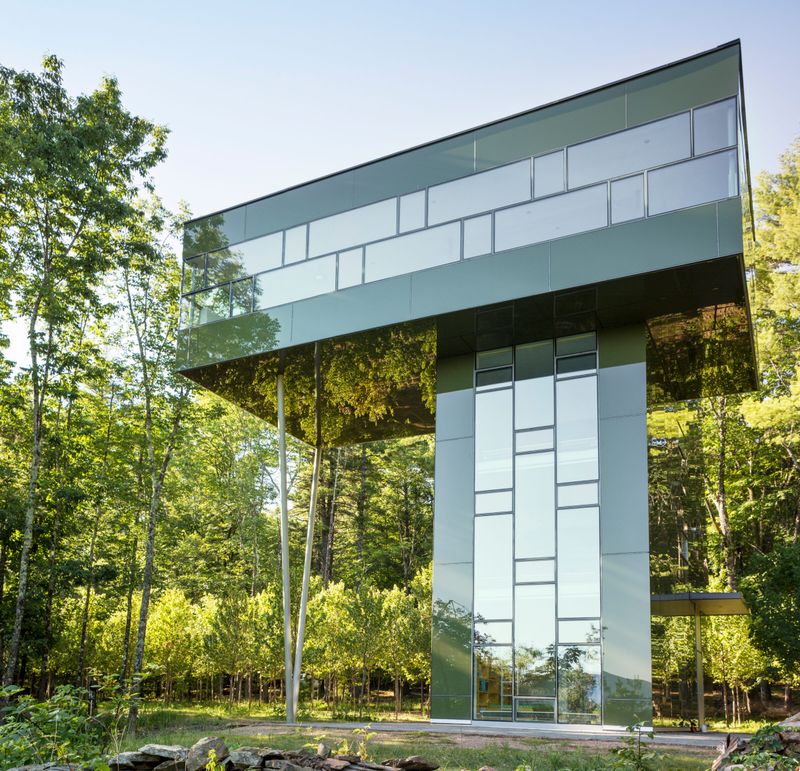
Gluck+ designed this vertical glass tower to maximize views while minimizing footprint. The narrow steel structure rises like a transparent lighthouse in the landscape.
Each floor offers different perspectives through floor-to-ceiling glass walls. The steel frame allows for these large openings without compromising the tower’s structural stability.
Living vertically means every room has its own unique view. The glass walls make the narrow spaces feel much larger than their actual square footage.
12. Casa Das Canoas By Oscar Niemeyer
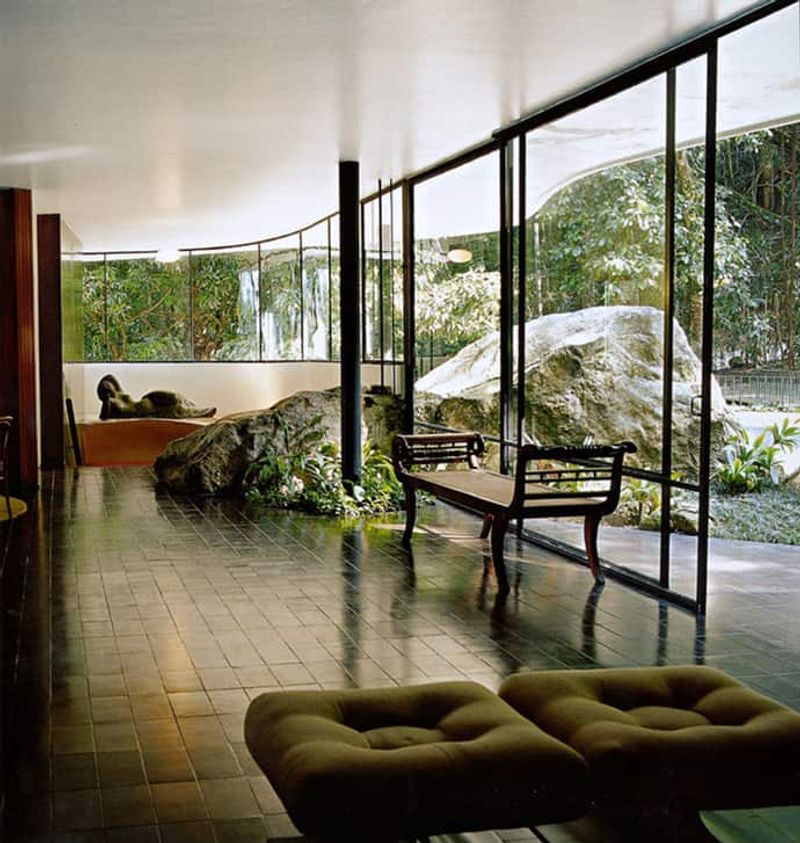
Oscar Niemeyer designed this Rio de Janeiro masterpiece to flow like water through the tropical landscape. The curved steel frame supports sinuous glass walls.
Unlike typical rectangular glass houses, this one curves and bends with organic grace. The steel structure allows for these impossible-looking curved glass installations.
Living here feels like inhabiting a piece of sculpture. The house demonstrates that steel and glass can be warm and inviting rather than cold and industrial.
13. Edge House By Mobius Architects
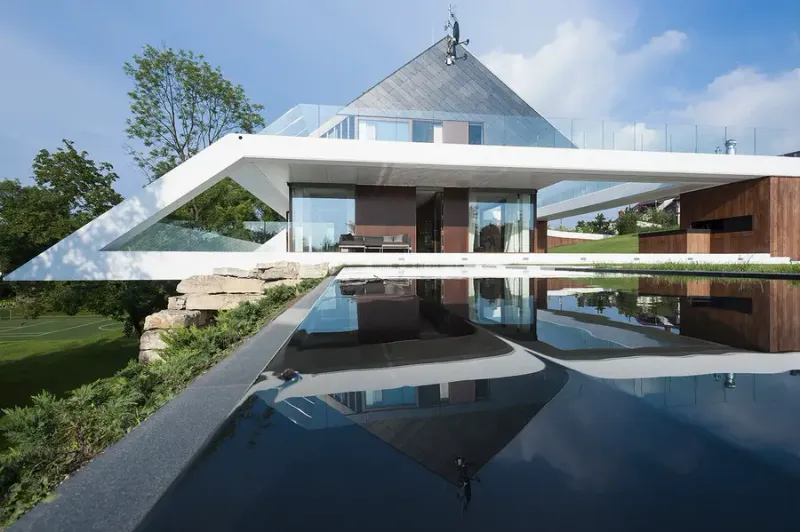
Mobius Architects pushed this house right to the edge of reason, creating a home that seems to defy gravity. The steel cantilever extends the glass living spaces over the landscape.
The transparent walls make residents feel like they’re floating in mid-air. Steel engineering makes this death-defying architecture possible while maintaining complete safety.
Every room offers heart-stopping views through uninterrupted glass. The house proves that sometimes the best architecture happens when you ignore common sense and trust good engineering.
14. Glass Pavilion By Steve Hermann
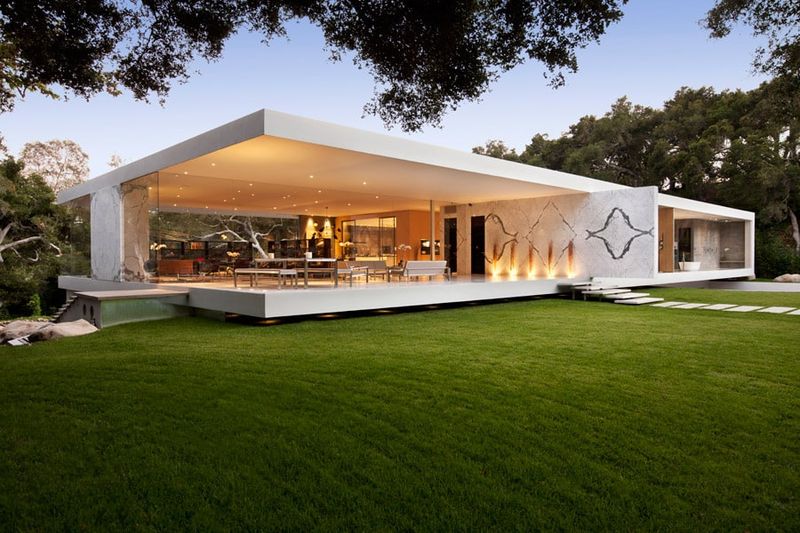
Steve Hermann created this glass pavilion to blur the line between architecture and landscape art. The steel structure supports walls that are essentially invisible.
The house includes an indoor pool that appears to extend directly into the outdoor space. Glass walls make it impossible to tell where interior ends and exterior begins.
This level of transparency requires serious confidence in your interior design skills. Every piece of furniture becomes part of the exterior composition.
15. High Desert House By Kendrick Bangs Kellogg
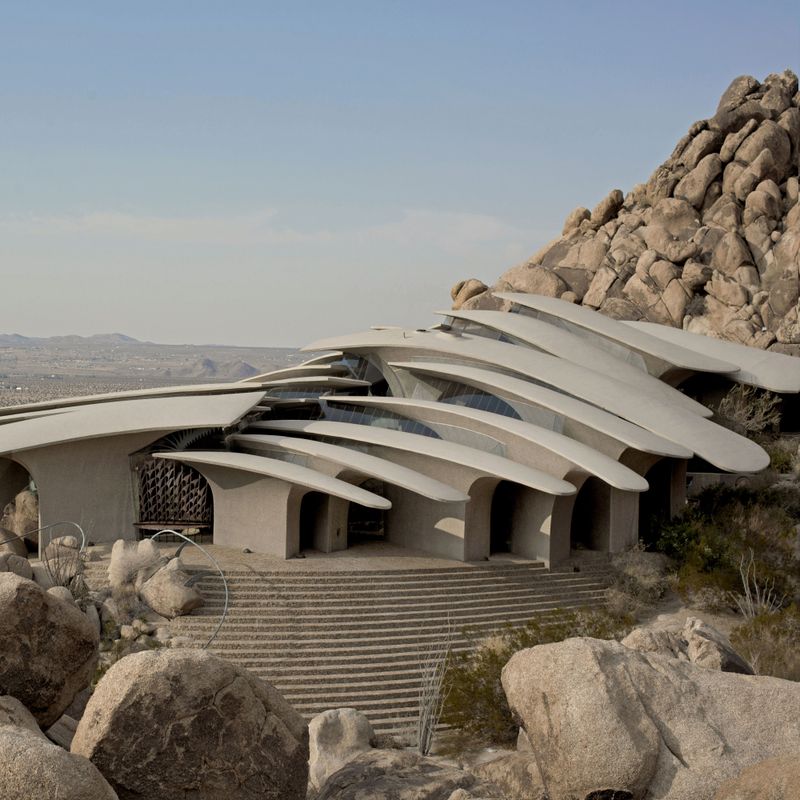
Kendrick Bangs Kellogg sculpted this high desert home from steel and glass like a piece of land art. The house grows from the rocky landscape organically.
Steel beams support glass walls that follow the natural contours of the site. The architecture feels more grown than built, despite its obviously modern materials.
Desert sunsets become theatrical performances viewed through the carefully positioned glass openings. The house proves that steel and glass can be poetic as well as practical.

